A DESCENT OF WOODPECKERS @ WASHINGTON WWT
- jsmarshall19822005
- Mar 18, 2022
- 6 min read
On Saturday I made the trip up the A19 to visit the Wildfowl & Wetland Trust site at Washington a short distance west of Sunderland. WWT Washington was established in 1975 and its wildlife includes several rare species of Swans, Geese and Ducks as well as a large flock of Chilean Flamingos and a trio of Asian Short Clawed Otters. The WWT works towards the conservation of wetlands and a successful breeding programme for some of the world’s most endangered wildfowl.
The site also has a large nature reserve with several hides to watch the wildlife with a wide variety of habitats. It was a bright sunny day when I arrived at Washington WWT and in front of the visitor centre, I could see Shelducks, Mallards, Coots, Moorhens, Barnacle Geese and at the far side of the enclosure were the two Common Cranes. After a quick drink at the café, I headed out along the path towards a section called “Close Encounters” which you can wander through. In here I saw Eider Ducks, Chiloe Wigeon, Smews, Black Swans, Goldeneyes, Red Shovelers and Falcated Ducks.

After leaving Close Encounters the path bends round to the left where to my right were Mandarin Ducks, Buffleheads, Ferrugnious Ducks, Hooded Mergansers and Red Crested Pochards whilst to the left were Emperor and Hawaiian Geese. From here the path splits in two, with the lefthand path currently closed, I took the right-hand path and with Rosy Billed Pochards and White Face Whistling Ducks to my left I walked onto the nature reserve part of the site. After walking through Hollowood and past a reservoir where I saw Mallards, Tufted Ducks and Greylag Geese I arrived at the Hawthorn Wood Hide where there is always plenty to see.
It was once again busy with Blue Tits, Great Tits, Long Tailed Tits, Chaffinches and Coal Tits all making regular visits to the feeders with Wood Pigeons and Blackbirds on the ground below. A male Great Spotted Woodpecker landed on a tree branch hanging about ten feet above the feeders and somewhere amongst the trees I could hear a Nuthatch calling as a Sparrowhawk flew over the hide from behind, sending the birds scurrying for cover before it disappeared through the trees to the left. The woodpecker had quickly hidden on the back of the branch so the Sparrowhawk couldn’t see or grab it and then resumed its position on the branch looking down at the feeders.
After a few minutes a male Bullfinch appeared in the bushes to the left and a few seconds later a female flew down to the feeders from the right. The Woodpecker continued to inch its way back and forth above the feeders as a second male Bullfinch now appeared to my left and a male Reed Bunting landed on a branch a few yards in front of me. The feeders continued to be very busy and after a few minutes the Great Spotted Woodpecker dropped down from its perch and landed on a narrow tree trunk behind the feeders, moving from the left side to the right side and then inching its way upwards.

In the distance I spotted two more Great Spotted Woodpeckers high up in a large tree whilst just in front of me a fourth Woodpecker chased off the first one. Just before I left the hide, the Sparrowhawk made a second appearance, flying at full speed across the front of the hide, blink and you would have missed it. It disappeared to the left and now the feeders and tree branches were all empty so I left the hide and headed back along the trail to the visitor centre and café for lunch. Whilst I was eating my lunch a pair of Mistle Thrushes flew over the visitor centre and landed on the grass about thirty yards away before moving to the far side of the water, probing the ground for food.
After lunch I walked back to the Hawthorn Wood Hide which was busy with both birds and people so after watching a group of Long Tailed Tits for a couple of minutes I left, intending to return later, and followed the path as it turned to the right and headed down the hill to the Lagoon View Hide by the River Wear. As I arrived, just west of the hide and hidden amongst the reeds was a male Kingfisher perched on a wooden log protruding a couple of feet out of the water. It made a couple of dives, each time returning to the log, before heading off through the reeds and out of sight. On the river I could see Mute Swans and Mallards, whilst in the Saline Lagoon east of the hide were Coots, Moorhens, Shelducks, Teals and a Little Grebe.
A few minutes later the Kingfisher made a brief return before quickly disappearing back into the reeds. I left the hide and climbed up the steps to return to the main path and continued on towards a viewing screen which had several feeders behind and like the Hawthorn Wood Hide was very busy. There were Bullfinches, Chaffinches, Blue Tits, Great Tits, Coal Tits, Robins, Greenfinches, Dunnocks, Blackbirds and a single Nuthatch either visiting the feeders or picking up the scraps dropped to the ground. I followed the path until it reached the river and then turned through a gate in a tall fence and visited the first of four hides which overlook the Wader Lake.
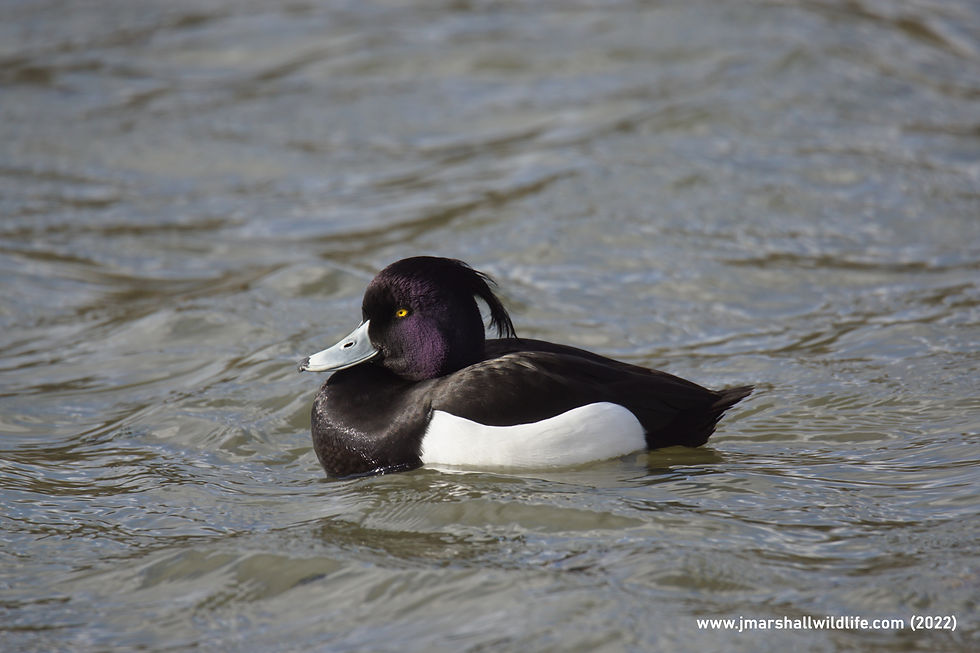
This hide is called the Northumbrian Water Hide which is at the western end of the Wader Lake looking right along the water where I could see Shovelers, Coots, Mallards, Shelducks and in the trees over to the left were several Grey Herons. The next hide is the Paddy Fleming Hide where at the far side of the water I could see Redshanks, Wigeons, Black Headed Gulls, Lesser Black Backed Gulls, Shelducks and at the far side at least twenty Grey Herons, either on the ground or high up in the trees. I now walked the short distance to the Diageo Hide which in Spring is a great place to see Common Terns and Avocets.
Just in front of the hide and to my right were several Tufted Ducks, with one male in particular constantly diving for food. Whilst I was at this hide several of the Herons took flight, some looking for nesting material, returning with branches, whilst the others landed on the ground close to the water. About thirty yards in front of me were several Lapwings which, along with the Black Headed Gulls, suddenly rose up, circling round in the air high above the water before settling back down. As it was now just after half past two, I made my way back along the path to the Hawthorn Wood Hide which was still busy with Blue Tits, Coal Tits, Great Tits, Chaffinches, Robins, Dunnocks, Bullfinches and Long Tailed Tits.
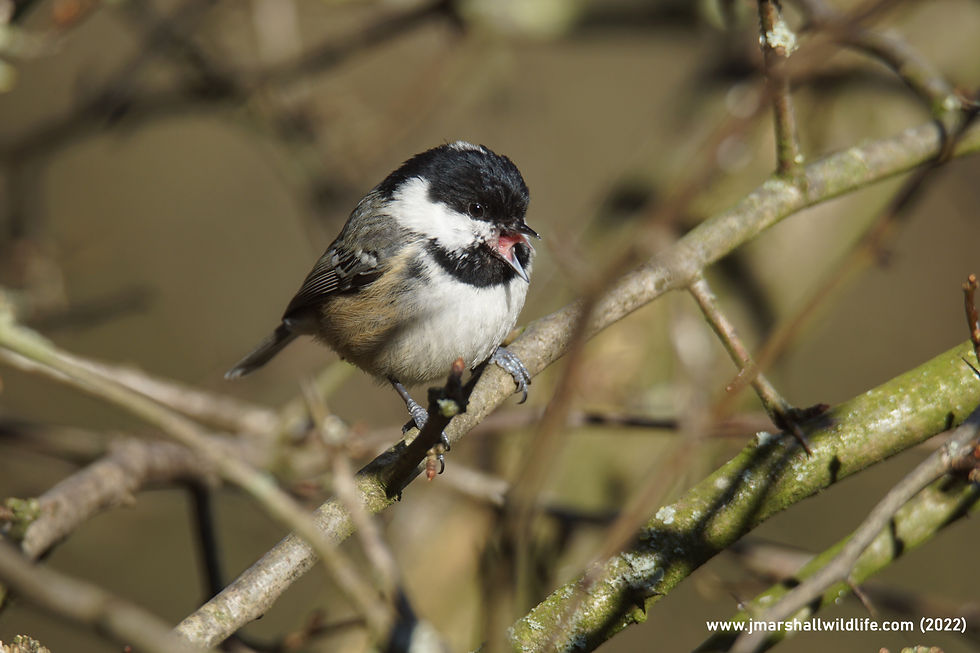
On one of the feeders over to my left a Willow Tit was making regular visits although it was occasionally scared off by a Bullfinch. Amongst the branches to the far left a Jay had emerged and it slowly made its way from branch to branch until it had reached the ground. It eventually flew across to the bushes behind the feeders directly in front of the hide before flying off through the trees towards the river. One of the Great Spotted Woodpeckers now returned and landed on a wooden post just to my right as a second landed on a tree trunk over to the left. In amongst the branches on the ground to my left a Rat emerged, hoovering up the seeds dropped from the feeders above whilst just to the left only a couple of feet from the hide a Coal Tit perched and began to sing.
It was now time to leave and head back to the visitor centre and as I walked towards Hollowood I heard my first Chiffchaff of the year singing from high amongst the trees. When I neared the visitor centre the Common Cranes had moved right up to the edge of their enclosure and were literally just a few feet from the path. Before I headed home, I paid another visit to the café for a drink and look around the shop after another excellent visit to Washington WWT.
I have attached a few photos below from my visit to Washington WWT.










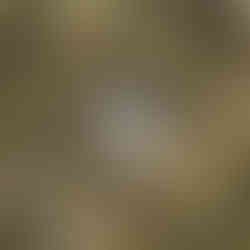













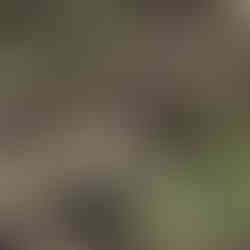













































































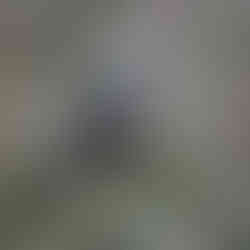



















































































































































Comments